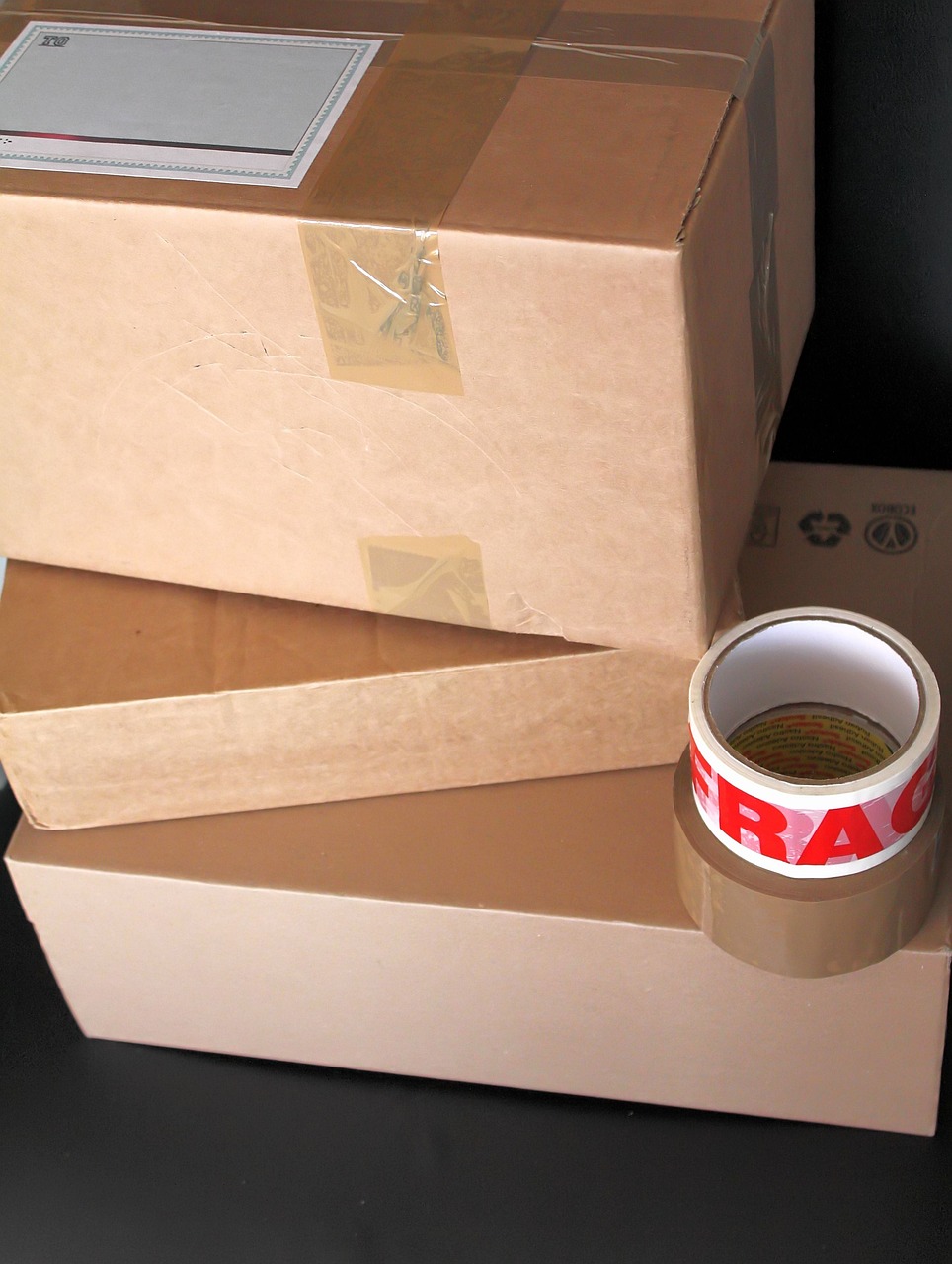
Uncover sustainable merchandise packaging techniques to reduce waste and appeal to eco-conscious consumers. Discover recyclable materials and right-sizing strategies for a greener approach.
In today’s world, sustainability has become a paramount concern for businesses across industries. With consumers increasingly conscious of their environmental footprint, companies are under pressure to adopt eco-friendly practices throughout their operations. One crucial aspect where sustainability can make a significant impact is in packaging. By reevaluating how merchandise is packed, businesses can reduce waste, minimize environmental harm, and appeal to environmentally-conscious consumers. In this article, we will explore practical ways businesses can sustainably pack their merchandise, balancing environmental responsibility with operational efficiency and customer satisfaction.
Utilize Recyclable and Biodegradable Materials
One of the most effective ways to pack merchandise sustainably is by using recyclable and biodegradable materials. Traditional packaging materials like plastic bubble wrap and Styrofoam peanuts contribute significantly to environmental pollution due to their non-biodegradable nature.
Instead, businesses can opt for alternatives such as recycled cardboard, paper, or biodegradable packing peanuts made from starch. These materials not only reduce the carbon footprint but also demonstrate a commitment to environmental stewardship. Furthermore, by choosing packaging materials that are easily recyclable or compostable, businesses can encourage customers to dispose of them responsibly, closing the loop on the sustainability cycle.
Right-Sizing Packaging
Another crucial aspect of sustainable packaging is right-sizing. Often, merchandise is packed in oversized boxes filled with excessive packing material, leading to unnecessary waste and increased shipping costs. By optimizing packaging size to fit the dimensions of the product snugly, businesses can minimize the use of materials while ensuring the merchandise is adequately protected during transit. Investing in packaging design software or working with packaging experts can help determine the most efficient packaging sizes for different products.
Additionally, adopting strategies such as on-demand packaging, where boxes are custom-sized to fit each order, can further reduce waste and optimize space utilization in shipping containers, ultimately reducing carbon emissions associated with transportation.
Encourage Reuse and Return Programs
A sustainable approach to packaging extends beyond the initial shipment to encompass the entire product lifecycle. Businesses can promote sustainability by implementing reuse and return programs for packaging materials. For instance, offering incentives for customers to return packaging materials like boxes and envelopes for reuse not only reduces waste but also fosters a sense of community engagement. Moreover, incorporating reusable packaging solutions such as tote bags or durable containers can add value to the customer experience while minimizing environmental impact. By encouraging customers to participate in these initiatives, businesses can cultivate brand loyalty and position themselves as leaders in sustainability within their respective industries.
Eco-Friendly Premium Packaging
As companies strive to align with packaging sustainability goals, many are innovating in the realm of eco-friendly premium packaging. Traditionally, premium packaging has been associated with lavish materials and extravagant designs, often at the expense of environmental considerations.
However, a growing number of businesses are reimagining luxury packaging by integrating sustainable materials and practices. From elegant reusable boxes made from recycled materials to biodegradable wrapping adorned with eco-friendly inks, these initiatives showcase a commitment to environmental stewardship without compromising on quality or aesthetics. By investing in eco-friendly packaging, companies not only meet consumer expectations for sustainability but also elevate their brand image as responsible corporate citizens. As this trend gains momentum, we can expect to see more businesses embracing eco-friendly premium packaging as a cornerstone of their sustainability initiatives, further advancing the collective goal of reducing the environmental footprint of packaging materials.
Embracing Innovation in Sustainable Materials
In the pursuit of packaging sustainability, companies are increasingly turning to innovative materials that offer eco-friendly alternatives to traditional packaging components. Bioplastics derived from renewable sources such as cornstarch or sugarcane offer a biodegradable alternative to conventional plastics, reducing reliance on fossil fuels and minimizing environmental harm. Similarly, mushroom-based packaging, which utilizes mycelium to create biodegradable packaging materials, exemplifies the potential of biomimicry in sustainable packaging solutions. By embracing these advancements in material science, businesses can not only reduce their ecological footprint but also drive innovation within their industries, setting new standards for sustainable packaging practices.

Collaborating Across the Supply Chain
Achieving comprehensive packaging sustainability requires collaboration across the entire supply chain, from raw material suppliers to manufacturers, distributors, and retailers. By forging partnerships with suppliers committed to sustainable practices, companies can ensure the sourcing of eco-friendly materials and promote transparency and accountability throughout the supply chain. Collaboration with logistics partners can further optimize transportation routes and packaging processes, minimizing carbon emissions associated with shipping and distribution. By fostering a culture of collaboration and shared responsibility, businesses can collectively work towards a more sustainable future, where packaging catalyzes positive environmental change.
In the ever-evolving landscape of packaging sustainability, businesses have a vital role to play in driving innovation and fostering collaboration across industries. By prioritizing eco-friendly materials, embracing right-sizing strategies, promoting reuse and return programs, and exploring new avenues for premium packaging, companies can make significant strides toward reducing their environmental impact. As consumer demand for sustainable products continues to grow, businesses that proactively address packaging sustainability goals will not only meet market expectations but also contribute to a healthier planet for future generations. Through collective effort and commitment, the vision of a circular economy where packaging catalyzes positive environmental change can become a reality
Was this news helpful?







 Yes, great stuff!
Yes, great stuff! I’m not sure
I’m not sure No, doesn’t relate
No, doesn’t relate



